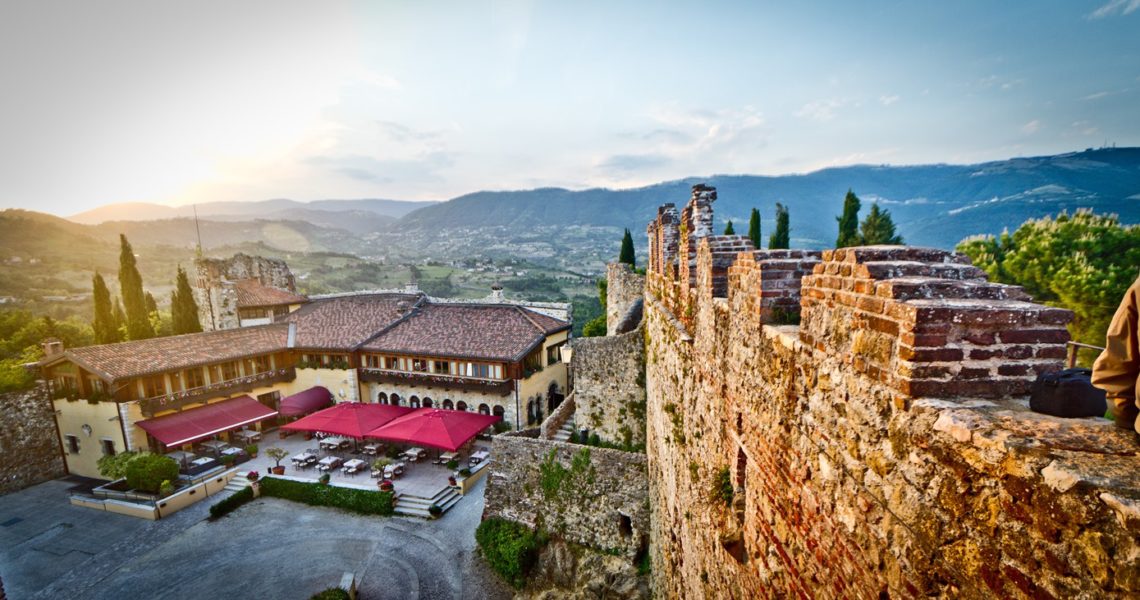You’re sitting at your desk. You look at a new document you received and see unfamiliar words strung together. “What the heck is this? What language is this?” you might ask yourself. Now let’s find out.
Last week on the blog we talked about the art of distinguishing major Germanic languages from one another. But today we’re moving south, to the Romance languages.
What’s a Romance Language?
Romance languages are languages that first evolved from Vulgar Latin during the sixth to ninth centuries, and then later into the modern languages they are today.
I’d like to share with you some tips on how to correctly identify four major Romance languages: Spanish, Portuguese, Italian and French.
As a result of their shared Latin roots, Romance languages have a number of common features and often have similar vocabulary; yet, Romance languages can be very different from one another. For example, in Romance languages, nouns typically have a grammatical gender (masculine or feminine); however, the gender can vary from object to object and language to language. The result is the word “table” being a feminine word in Spanish (mesa), Portuguese (mesa) and French (table), but a masculine word in Italian (tavolo).
Additionally, all Romance languages use definite and indefinite articles. English uses articles as well, like “the” and “an”. But luckily for us, the articles that Romance languages use often provide a quick clue when you need to distinguish these languages from one other.
Let’s take a closer look at each language.
Spanish
Spanish has 480 million native speakers and is an official language in Argentina, Bolivia, Chile, Colombia, Costa Rica, Cuba, Dominican Republic, Ecuador, El Salvador, Equatorial Guinea, Guatemala, Honduras, Mexico, Nicaragua, Panama, Paraguay, Peru, Spain, Uruguay and Venezuela.
You can often identify Spanish by its use of articles (el, los, la, las, un, unos, una, and unas) when combined with nouns (which typically end in –o, –os, –a or –as). For example, el lobo (the [male] wolf), los lobos (the [male] wolves), la loba (the [female] wolf), las lobas (the [female] wolves), un lobo (a [male] wolf), unos lobos (some [male] wolves), la loba (a [female] wolf) and las lobas (some [female] wolves).
In addition, the repeated presence of the word yo in Spanish, which means “I”, can provide a good clue that you’re dealing with a Spanish text. As an example: “Mi hermano y yo fuimos al supermercado.” (“My brother and I went to the supermarket.”)
Portuguese
Portuguese has 220 million native speakers and is an official language in Angola, Brazil, Cape Verde, East Timor, Equatorial Guinea, Guinea-Bissau, Mozambique, Portugal, and São Tomé and Príncipe.
Like Spanish, Portuguese nouns often end in –o, –os, –a or –as. However, the articles that precede these nouns are different from Spanish. Portuguese uses the following articles: o, os, a, as, um, uns, uma and umas. For example, uma garrafa (“a bottle”). Also, keep in mind that eu is the Portuguese word for “I”.
Italian
Italian has approximately 70 million native speakers and is an official language in Italy, San Marino, Switzerland and Vatican City.
In Italian, the articles are il, i, la, le, un, uni, una and une, and nouns often end in –o, –i, –a and –e. As an example, consider i ragazzi (“the boys”). Also, in Italian, io is the word for “I”.
French
French has approximately 77 million native speakers and is an official language in Belgium, Benin, Burkina Faso, Burundi, Cameroon, Canada, Central African Republic, Chad, Comoros, Congo, Democratic Republic of the Congo, Djibouti, Equatorial Guinea, France, Gabon, Guinea, Haiti, Ivory Coast, Luxembourg, Madagascar, Mali, Monaco, Niger, Rwanda, Senegal, Seychelles, Switzerland, Togo and Vanuatu.
In French, the articles are as follows: le, les, la, les, un, des, une and des. However, French noun endings can look quite different from the other languages that we’ve looked at so far today. Many French words have endings such as these: –ment, –eau, –eaux, –eur, –age, –ette, –ance, –ité, –erie and –ique. In addition, remember that in French, je is the word for “I”.
We Know Languages
Certified for ISO 9001, Responsive Translation is a full-service translation agency. We offer translation, interpreting and a wide range of other foreign-language services in more than 200 languages and dialects. To learn more about what we can do for you, please get in touch at 646-847-3309 or [email protected].
Image credit: N i c o l a

